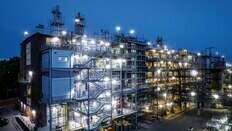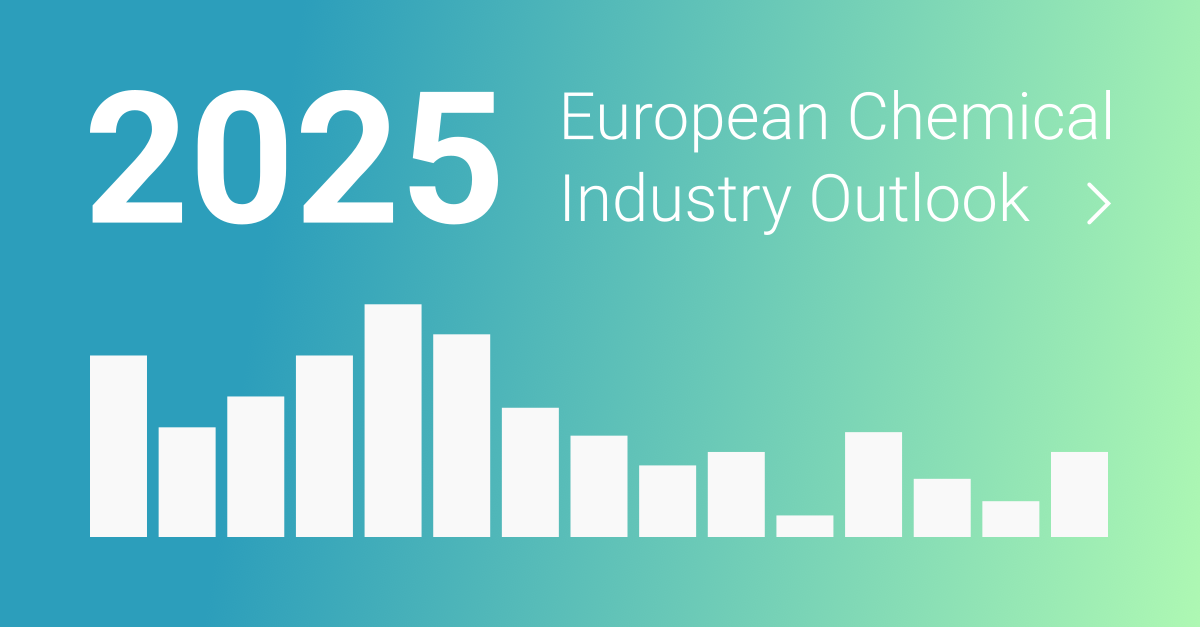- A demonstration plant in Baytown, Texas, will produce 2,000 tons of low-emission hydrogen and 6,000 tons of solid carbon annually.
- Methane pyrolysis uses electricity to convert natural gas into hydrogen and solid carbon without CO2 emissions.
- The technology requires five times less energy than water electrolysis and doesn't need water.
- BASF and ExxonMobil aim for commercial readiness of methane pyrolysis technology.

Collaboration Overview
BASF and ExxonMobil have partnered to advance methane pyrolysis technology, aiming to deliver efficient, low-emission hydrogen solutions for industrial use. A joint development agreement has been signed to co-develop this technology, with plans to construct a demonstration plant for commercial readiness.
Technological Advantages
Methane pyrolysis uses electricity to convert natural gas or bio-methane into hydrogen and solid carbon, without generating process-related CO2 emissions. This method requires approximately five times less electrical energy than water electrolysis and does not require water, making it a competitive approach to low-emission hydrogen production.
Demonstration Plant
The planned demonstration plant in Baytown, Texas, will produce up to 2,000 tons of low-carbon emission hydrogen and 6,000 tons of solid carbon annually. This facility will serve as a critical step toward validating the technology at scale and advancing its commercial readiness.
Product Applications
The process yields two valuable products: low-emission hydrogen, an important energy carrier and feedstock in the chemical industry, and high-purity solid carbon, which has applications in industries such as steel, aluminum manufacturing, construction, and advanced carbon products like battery materials.
